“Wortham’s outstanding sequel to The Rock Hole (2011)… Burrows combines the gonzo sensibility of Joe R. Lansdale and the elegiac mood of To Kill a Mockingbird to strike just the right balance between childhood innocence and adult horror.”—Publishers Weekly (starred review)
I read that review back in 2012 and wondered, “What’s Publishers Weekly?”
I honestly didn’t know much about reviewers, or starred reviews, but I hadn’t written a horror novel, had I?
Burrows was simply the second book in my Red River series about precocious ten-year-old kids living in a Mayberry-like setting when a killer comes to town.
But horror?
Always a fan of that genre, I cut my teeth on H.P. Lovecraft, graduating from there to Stephen King, Karl Edward Wagner, Gary Brandner, Richard Matheson and I admit, I read a lot of John Saul and shame on me, V.C. Andrews, but I hadn’t set out to write a novel meant to scare, startle, shock, and even repulse my new readers. I just wanted to tell a creepy story and start it with something I’d written years earlier.
They say the key focus of a horror novel is to elicit a sense of dread through frightening images, themes, and situations.
I didn’t know that either, at the time.
But I did remember that Lovecraft wrote, “The oldest and strongest emotion of mankind is fear, and the oldest and strongest kind of fear is fear of the unknown.”
It was the unknown part I was shooting for somewhere around 2001 with an attempt to get Stephen King’s attention as part of an online short story contest after his book, On Writing, was released. Once I learned that he was looking for short stories, I sat down to write one.
Wait, what? I’d never written a short story.
Well, that wasn’t completely true. I’d attempted one back in the 1980s that was damned near a novella and it was almost published by a magazine that shut down only a month after they accepted my submission. Sigh.
Hey, just write shorter, I thought. And I did.
Five entries out of 1,000 submissions won the contest and their names were posted on Mr. King’s website, but my story, Drip, didn’t make the cut. Not wanting to waste the effort, I submitted Drip to several magazines. No one else wanted it either. I wonder if it was the title. Anyway, with a stack of rejection notices the size of a ham sandwich, I stuck it in a drawer until my editor called.
“Well, now that The Rock Hole is scheduled for release in a few months, when can we expect your next novel?”
“What!!!???”
“We need it pretty fast.” She gave me a deadline. “I can’t wait to see what you come up with. Toodles.”
I spoke into the dead line. “Neither can I.”
Somewhat desperate, I had an idea and dug that old short story out of my computer files to re-read what I’d written so long ago. It began with one word, drip, hence the title. The scene? Kendall Boden has a casual, one-sided conversation with a man with a bullet in his head, as blood slowly drips from the victim’s nose to puddle in his lap.
From there, someone discovers a headless body in the Red River, and the novel is off and running with Cody Parker’s nightmare premonition playing out in real life. A hoarder of the first order has filled the multi-story abandoned Cotton Exchange with tons of scavenged garbage and booby traps. Pursuing a lead, Cody and Deputy John Washington find themselves inside the fire trap, lost in a deadly maze of burrows and their own personal terrors.
Everything revolves around a suspect from the town’s past who needs to be caught before more headless bodies pile up, and they do.
So what was it that made some reviewers call this a horror novel, while I thought I was simply writing a second mystery?
Well, it scared the pee-waddlin’ out of folks for one thing. Trapped inside a shoulder-wide burrow?
Brrrr.
Some readers said they couldn’t finish it because it was too claustrophobic. That makes sense, we all have certain things that terrify us, and that includes spiders…
…that are in the novel, as well as rats and moldering corpses…
…yeah, they’re in there too, along with a lunatic who is the architect of it all, but even that crazy person isn’t as he seems.
Upon submission six months later, my agent told me that first chapter was the most frightening thing she’d ever read. Yeah, the unsellable short story, Drip, was Chapter One. Take that, Mr. King.
We’re all familiar with movies in this genre that startles us with people who suddenly jump out of nowhere, or shock us with a hand reaching from the darkness, or a human-like creature who looks at the audience with psychotic eyes from under lowered brows. I call them shock films.
But movies are different than horror novels.
Written or literary horror slowly feeds on audience’s deepest terrors, and not the abovementioned Shock Factor. It’s built upon those things which scare us as individuals, such as death, evil, the supernatural, or creatures that slither around out there in the darkness. It’s built upon the unknown.
How do you write horror? In my opinion you have to quit trying to say things that you think are scary.
Instead, create an atmosphere of dread. Show, don’t tell.
Horror isn’t splattered blood and guts. Oh, I guess that’s horrific if you really come across it. When I was a kid I followed my grandfather into a murder scene (he was a constable), and was witness to fresh blood still running down the walls and dripping from the ceiling in the living room of a small frame house out in the country. When he realized I was behind him, he knocked me back through the screen door with the flat of his hand and ordered me to stay outside.
Come to think of it, the sight of all that blood wasn’t horrific at all, but maybe it waited somewhere deep inside to reemerge in a more subtle way through my writing.
Again, horror is a carefully designed build of dread and suspense. To be successful, get inside the reader’s head and show them what scares them the most. Create a world where their deepest fears can be reality. Find something that’s common and benign, and dig deeper to reveal a surprise or twist that will haunt your reader long after they close the book.
Find something that’s festering inside them, and pick it out.
What’s more creepy than a huge old decaying building full of living, squirming creatures that live in absolute darkness and brush up against you, or crawl over your trapped body.
What about a troubled character with a pitiful, miserable past full of secrets that comes calling after years of treatment in psychiatric hospitals?
One reader told me Burrows scared him because he had a personal fear that tons of refuse could come down at any minute to crush him into paste. I’ve often wondered where that dread originated.
I thought I’d written an historical mystery thriller, but in the end, I hammered out a work that seriously creeped people out. Fans still tell me, “That was the scariest book I’ve read in years.”
“Why?”
They answer, “Because it could happen.”
Or, “Because I’m deathly afraid of rats.”
And often, “Because I’m claustrophobic. I had to read one chapter a night, then calm myself each time.”
I’ve heard, “I was shocked at the twist.”
And when they say, “Because there could be people like that living amongst us.”
I reply, “There are, and that’s horrifying because it’s real.”
What’s your creep factor?

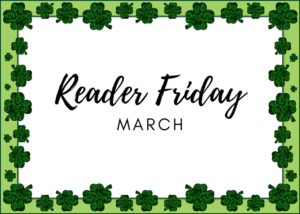




 Garry Rodgers is a retired homicide detective and coroner. Now, he’s reincarnated as an indie crime writer who’s left the dark side of Amazon exclusivity for the wide light of other publishing platforms like Kobo, Apple, and Nook.
Garry Rodgers is a retired homicide detective and coroner. Now, he’s reincarnated as an indie crime writer who’s left the dark side of Amazon exclusivity for the wide light of other publishing platforms like Kobo, Apple, and Nook.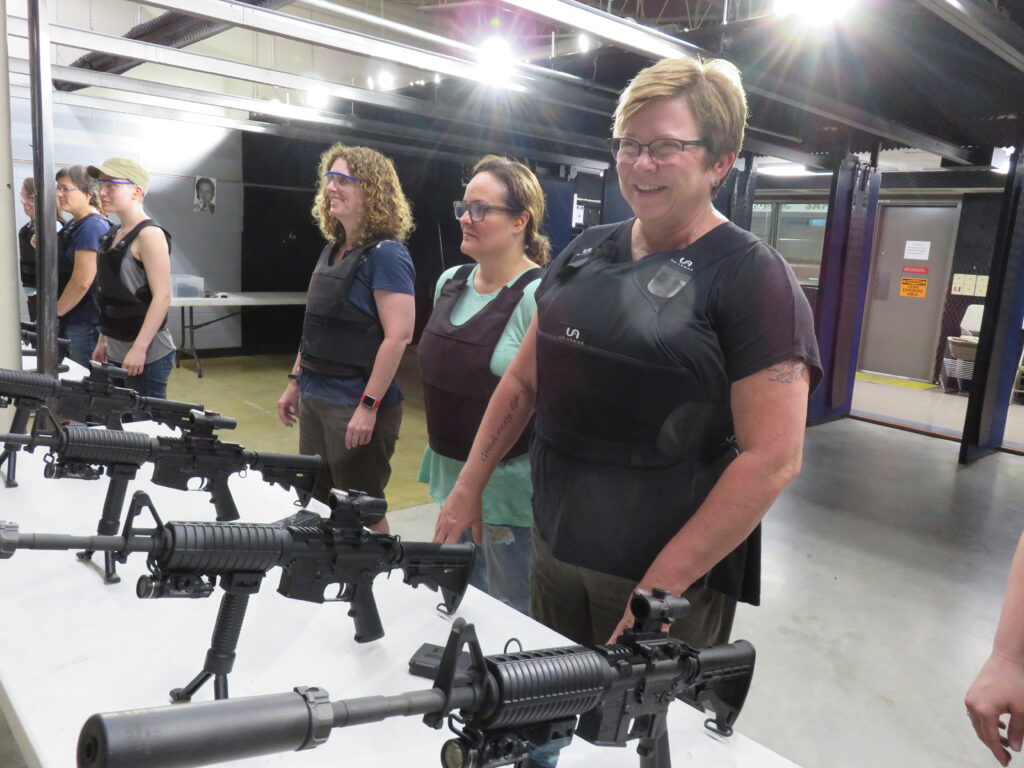
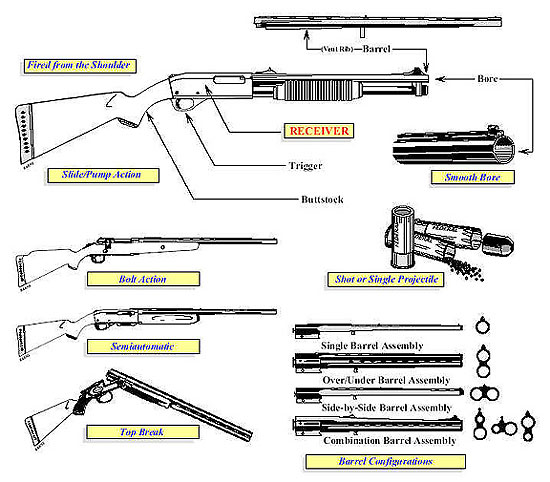 A great example of this is in a current book I read a few weeks ago, where the main character “racked” a shotgun shell into the chamber of her rifle. A quick message to an expert, such as Kill Zone contributor and weapons expert John Gilstrap, and the writer would have learned that racking a shotgun shell into the chamber is an action used for shotguns, not rifles.
A great example of this is in a current book I read a few weeks ago, where the main character “racked” a shotgun shell into the chamber of her rifle. A quick message to an expert, such as Kill Zone contributor and weapons expert John Gilstrap, and the writer would have learned that racking a shotgun shell into the chamber is an action used for shotguns, not rifles.

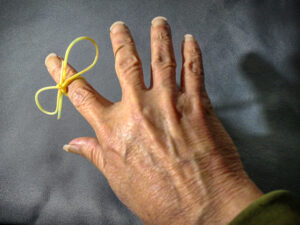
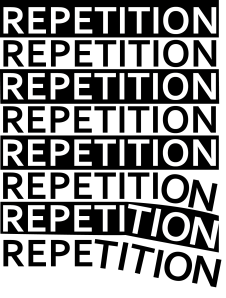

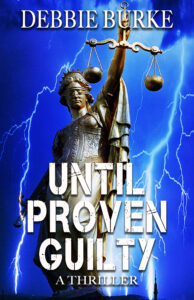


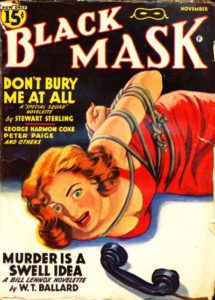 People want stories. I would argue people need stories. That’s how the great pulp writers made their living—providing fast-moving tales for readers who longed for escapism, especially during the Great Depression.
People want stories. I would argue people need stories. That’s how the great pulp writers made their living—providing fast-moving tales for readers who longed for escapism, especially during the Great Depression.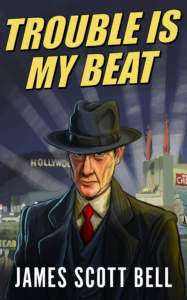

 By Elaine Viets
By Elaine Viets (2) Elaine: I walked over to him and looked right into his red eyes. We were both the same height.
(2) Elaine: I walked over to him and looked right into his red eyes. We were both the same height. (3) Elaine: The cut on her forehead had been stitched. She’d have a heck of a bruise there tomorrow.
(3) Elaine: The cut on her forehead had been stitched. She’d have a heck of a bruise there tomorrow.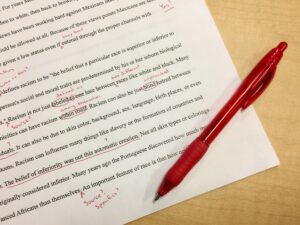
 (6) Elaine: I fired up my iPad and opened up the Death Scene Investigation form.
(6) Elaine: I fired up my iPad and opened up the Death Scene Investigation form.

 Now hear this: My Dead-End Job mysteries Murder with Reservations, Clubbed
Now hear this: My Dead-End Job mysteries Murder with Reservations, Clubbed